Text Version of the Mold House Tour

Get a quick glimpse of some of the most important ways to protect your home from mold by touring the Mold House. Room-by-room, you'll learn about the key problem areas and how to address them.
Take the interactive house tour or view the Text Version below.
On this page:
Living Room
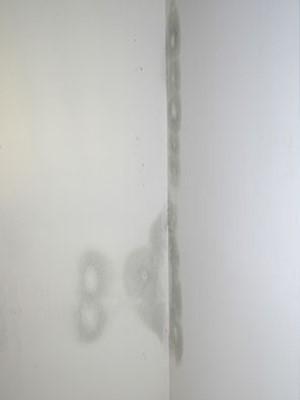
Living Room Wall
Hidden leaks can cause condensation or wet spots on walls and can also lead to mold growth in many places, such as behind walls. A professional can help you find the cause of a hidden leak and fix the problem.

Living Room Window
Condensation on windows can be a sign of high indoor humidity, which has many possible causes and should be investigated.
Bathroom
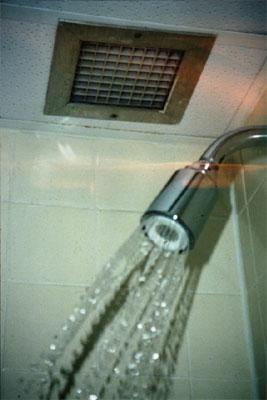
Shower
Excessive moisture can cause mold to grow in the bathroom. Run the bathroom exhaust fan or open the window when showering.
Roof/Bedroom
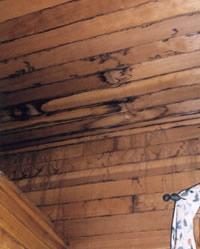
Roof
Don't ignore wet spots or water stains. Consult with a professional to fix leaks or water damage quickly, or the problem will get worse.
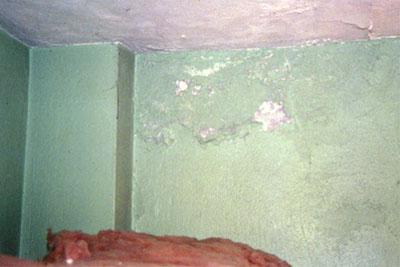
Bedroom Corner
Water from a roof leak has seeped into a wall, causing the paint to buckle and peel. Do not paint over wet or moldy walls. First, fix the water problem, and then paint.
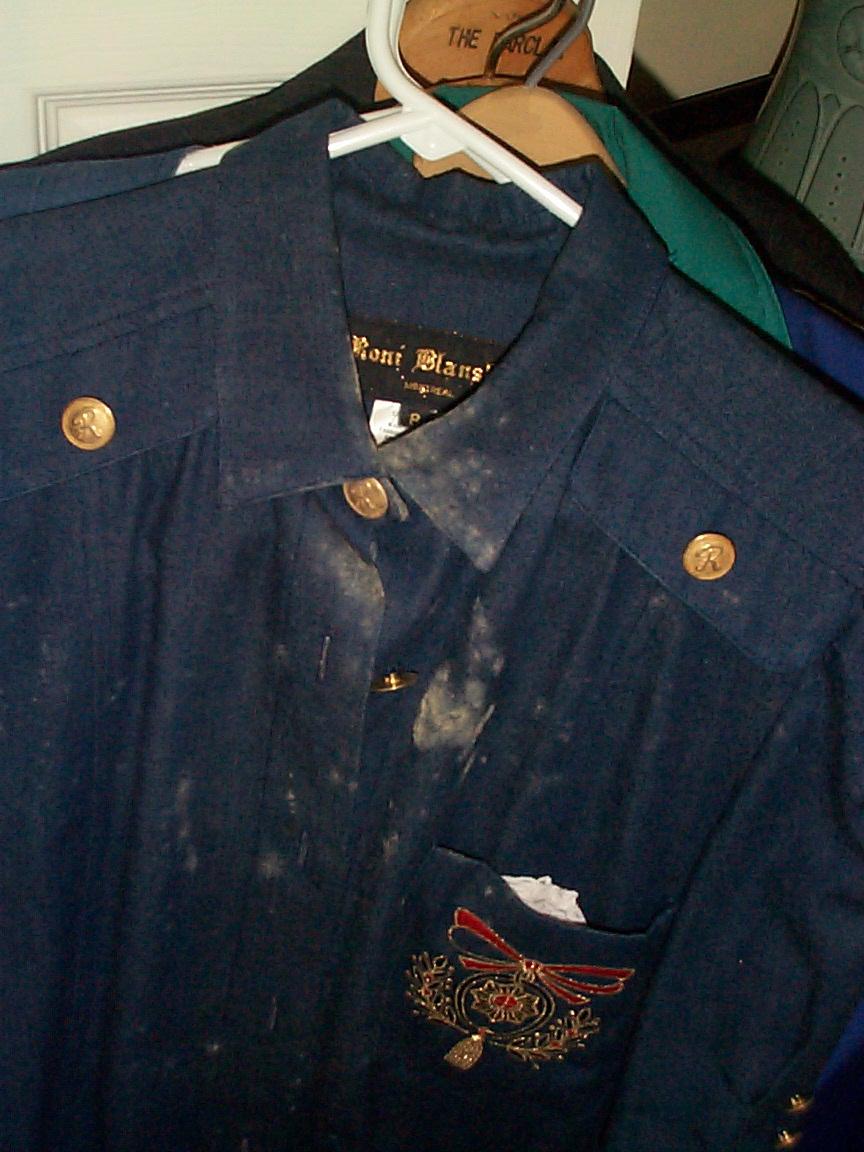
Bedroom Closet
High room humidity can cause mold to grow on many items indoors, including furnishings or clothing. To help prevent mold growth, try to keep the indoor humidity below 60%, ideally between 30 and 50%. If it isn't humid outside, open windows or doors to allow fresh air in.
Kitchen
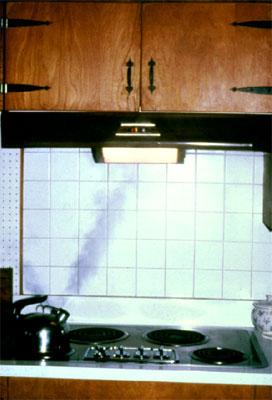
Kitchen Wall
Cooking and washing dishes can increase humidity. Use a stove's exhaust hood to draw heat, moisture and other contaminants out of the kitchen. Exhaust hoods should be vented to the outdoors.
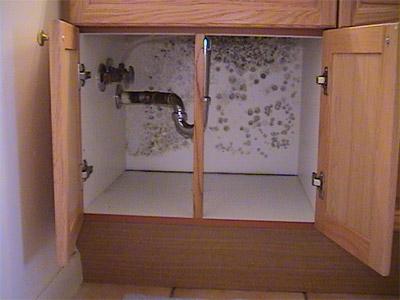
Kitchen Cabinets
Leaking pipes under the kitchen sink can lead to mold growth in areas such as walls or cabinets. Leaking pipes should be fixed by a plumber or other qualified professional.
Basement
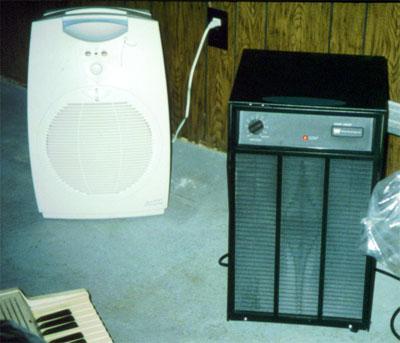
Dehumidifier
If a room such as a basement is too humid, use a dehumidifier to help prevent mold growth. Be sure to clean the dehumidifier regularly and follow the manufacturer’s cleaning instructions.
Laundry Room
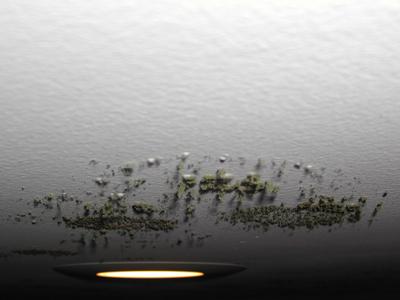
Dryer Venting
Improperly vented clothes dryers will increase the humidity in the room and may lead to mold growth. Clothes dryers must be vented to the outdoors.
Front Door

Mold Prevention and Cleanup
- Keep the building and furnishings dry.
- When things get wet, dry them quickly (24 – 48 hours).
- Perform routine maintenance, cleaning and repairs.
- To clean up mold properly, visit A Brief Guide to Mold, Moisture and Your Home.
Drain Pipe/Yard
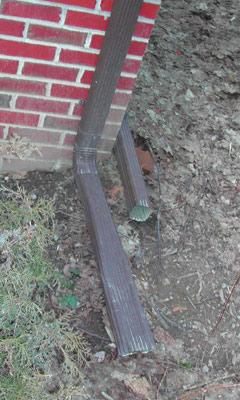
Drain Pipe
Drain gutters are great for getting water away from the foundation of a house. Make sure drain gutters are long enough to drain rain water at least 5 feet away from the foundation.
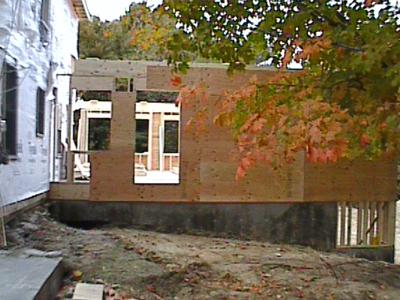
Yard
Water pooling around the foundation of a house can lead to indoor moisture problems. The ground near a house should be sloped downward away from the house to drain water away from the foundation.
